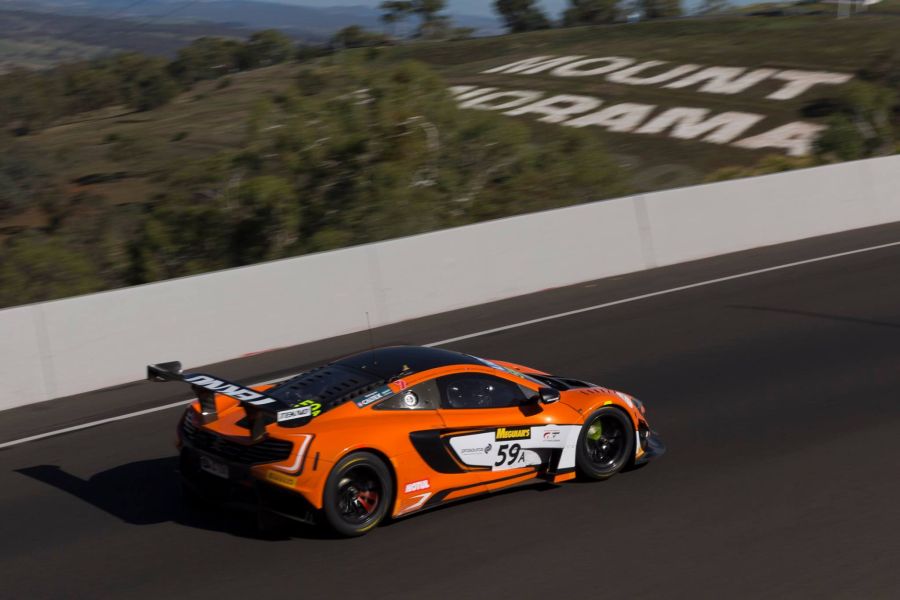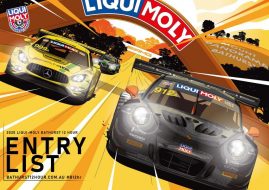Bathurst 12 Hour - world class GT racing at greatest Australian race track
The Bathurst 12 Hour is the greatest Australian endurance race for GT and production cars which takes place annually at Mount Panorama Circuit in Bathurst. The race was organized for the first time in 1991 for the Series Production cars. In 1995, the race was moved to Sydney’s Eastern Creek Raceway before it was discontinued.
The 12-hour race returned to Mount Panorama in 2007 and since then there were no interruptions. In 2011, GT cars were allowed for the first time to participate. Bathurst 12 Hour was mostly the non-championship race, except two events (2007 and 2010) that were included in different Australian championships. In 2016, the race became a part of a newly formed Intercontinental GT Challenge.
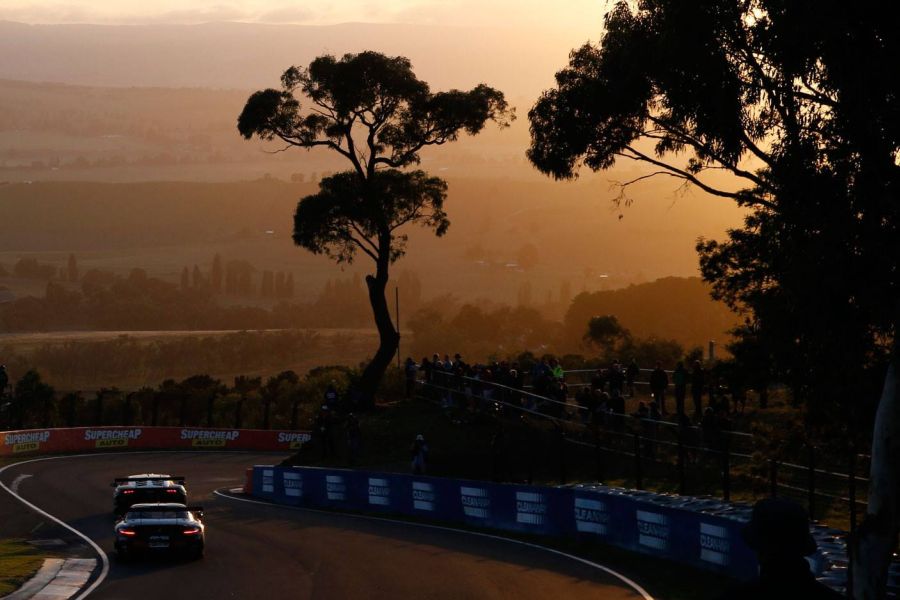
Mount Panorama hosts endurance races since the 1960s
Inaugural 12-hour race was held on 1991 Easter weekend
The idea of 12-hour race at 6.2-km long Mount Panorama Circuit was born because the famous Bathurst 1000 race on the same race track evolved and became reserved for Group A cars in the late 1980s, so Production cars had no endurance event to run.
Race promoter and a former Bathurst 1000 competitor Vincent Tesoriero secured the support of James Hardie Industries as a sponsor and the first Bathurst 12 Hour took place on Easter weekend in 1991 (March 31).
Toyota Supra took the inaugural victory
The race was held under Group 3E Series Production Car rules, then in the Australian Production Car Championship, for naturally aspirated four- and six-cylinder passenger sedans, but it also allowed turbocharged and V8-engined cars. Twenty-four cars entered the inaugural event.
Twenty cars finished the race, that was won by Allan Grice, Peter Fitzgerald and Nigel Arkell in the #2 Toyota Supra Turbo. Allan Grice became the first driver who won both Bathurst 1000 and Bathurst 12 Hour. Among competitors, there was also an Australian legend Peter Brock, who was driving Holden VN Commodore S and finished in fourth place.
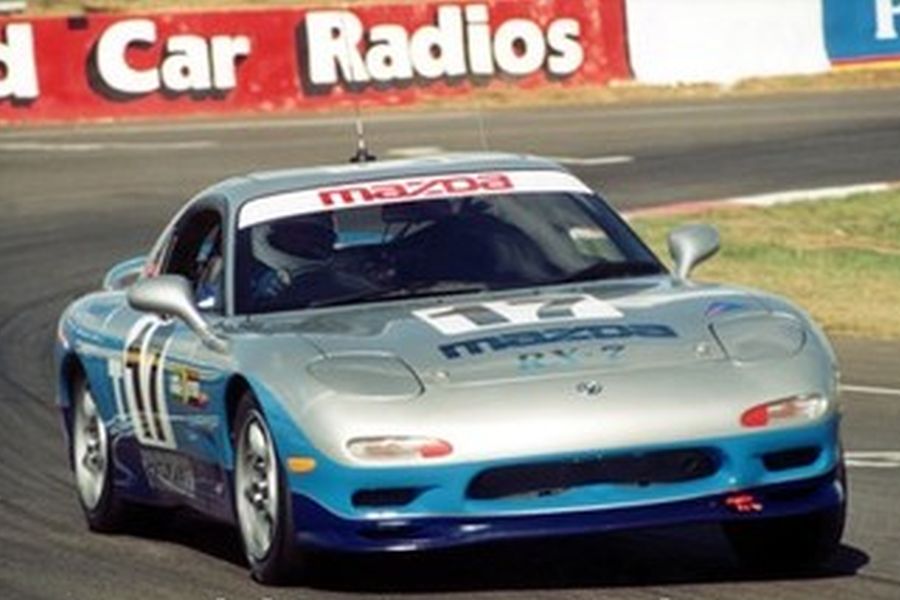
#17 Mazda RX-7 won the race in 1992
Four consecutive wins for Mazda RX-7
In the next four events, Mazda RX-7 was a dominant car, taking four consecutive wins with eight different drivers. In 1992, the winners were Mark Gibbs, Charlie O’Brien and Garry Waldon. Formula One champion Alan Jones won the race in 1993, sharing the car with Garry Waldon. In 1994, the winners were Neil Crompton and Gregg Hansford.
In 1995, the race was staged at Eastern Creek Raceway and was named the Eastern Creek 12 Hour. The new date was August 27. Touring car legends John Bowe and Dick Johnson clinched the victory with Mazda RX-7.
Bathurst 24 Hour lasted for only two years
The race was discontinued in 1996, leaving production cars without major endurance race for years. In 2002 and 2003, the Bathurst 24 Hour races were held, organized by Procar Australia.
After two events, marked by two wins of Garry Rogers Motorsport’s Holden Monaros, Procar owner Ross Palmer was forced to abandon the race.
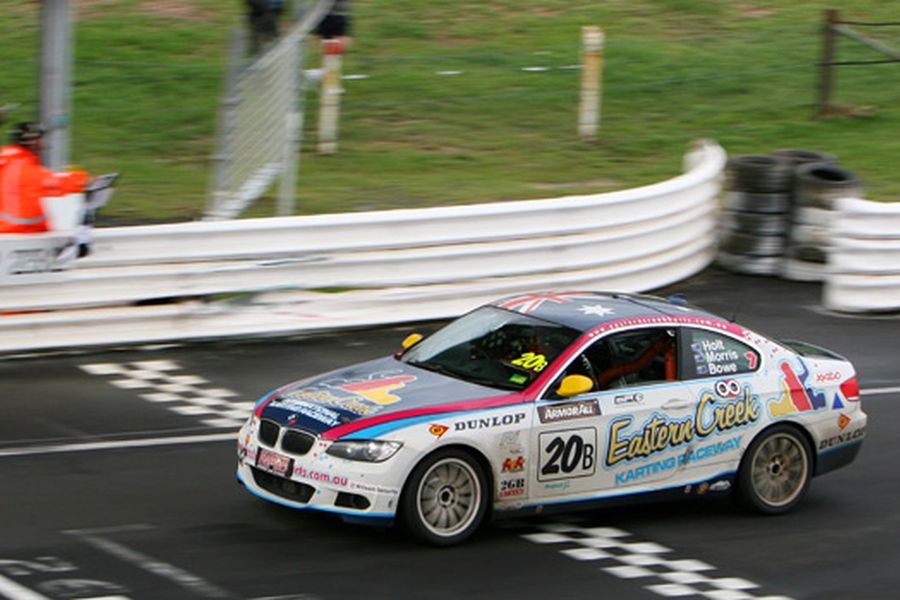
2010 Bathurst 12 Hour – the last race with Production cars only
Bathurst 12 Hour was revived in 2007
The Bathurst 12 Hour was successfully revived in 2007 as a part of the Bathurst Motorsport Festival on April 8, but also was a part of the Australian Production Car Championship. The race was open to Group 3E Series Production Cars and to invited cars not eligible under Group 3E, but otherwise subject to compliance with Group 3E specifications.
Thirty-two cars started the 2007 race, which was won by Garry Holt, Paul Morris and Craig Baird in a BMW 335i of Eastern Creek Karts team.
February date since 2008
The 2008 event was moved to the February date. Rod Salmon, Damien White and Graham Alexander scored the first win for Mitsubishi, driving the Lancer Evo IX. In 2009, White and Salmon defended their win, partnered by Tony Longhurst in the Mitsubishi Lancer Evo X.
In 2010, which was the last event under production car regulations, Eastern Creek’s BMW 335i won again, driven by John Bowe, Garry Holt and Paul Morris.
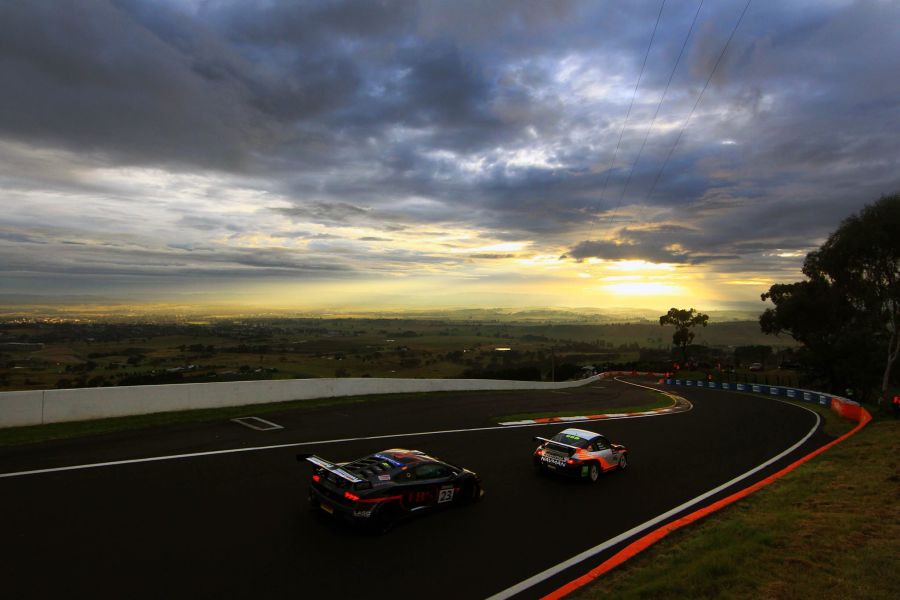
Mount Panorama hosted international GT3 grid for the first time in 2011
GT cars came to Mount Panorama in 2011
The milestone change happened in 2011 when GT3-spec cars were allowed to participate for the first time. That change led to the significant international exposure of the event, so in the next couple of years, Bathurst 12 Hour became one of the world’s most popular endurance races among GT drivers. The main reason was a venue of the race because Mount Panorama Circuit is really exceptional and unique race track.
The first event with GT cars saw a dramatic drop in the entries, as many production car teams decided not to come. Twenty-six cars participated in the 2011 race, with only 8 production cars, but the overall number increased in the next couple of years to more than fifty. The class structure featured six classes.
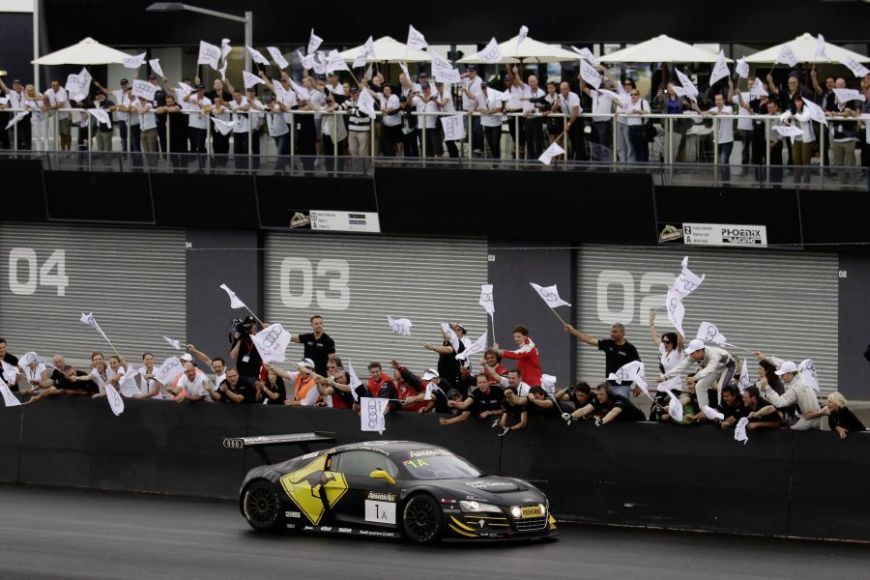
Audi celebrated its second victory in 2012
Two consecutive wins for Audi R8 LMS
Audi R8 LMS was the victorious car for two years in a row, with two German teams taking the laurels and two drivers scoring back-to-back wins. In 2011, Joest Racing’s #8 Audi won the race ahead of #7 car of the same team. Winning drivers were Christopher Mies, Marc Basseng and Darryl O’Young.
In 2012, Phoenix Racing fielded two cars, the #1 Audi won the race. Christopher Mies and Darryl O’Young were the winners again, partnered by Christer Jons.
2013 victory for Mercedes
For the 2013 event, the number of entries increased to 53. It’s interesting that the race was the opening round of the Australian GT Championship. In fact, only the first hour of the race was eligible for the championship, after that nominated teams could either withdraw or continue to race.
After 12 hours of racing, Australian team Erebus Motorsport clinched a victory, with #36 Mercedes-Benz SLS AMG GT3 driven by three Germans: Thomas Jäger, Alexander Roloff and Bernd Schneider.
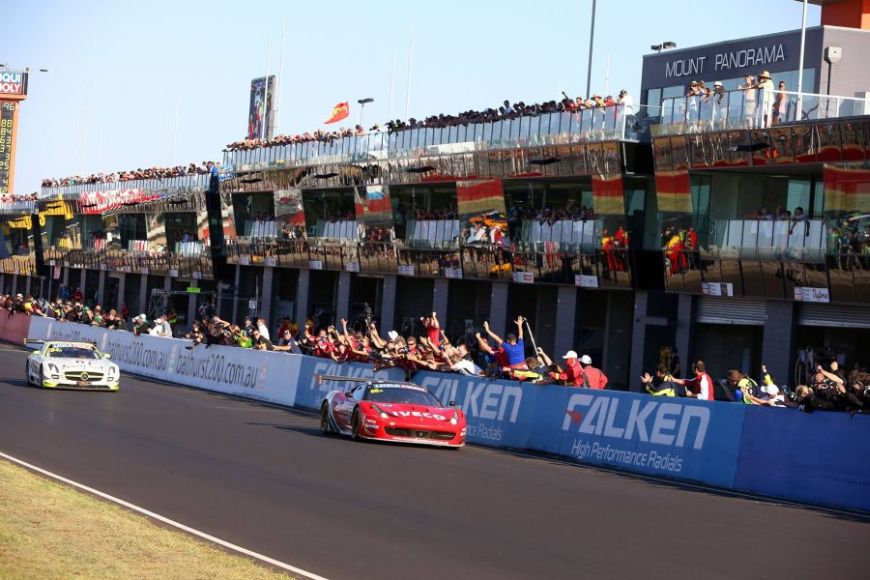
2014 victory for Maranello Motorsport’s Ferrari
Allan Simonsen Pole Position Trophy was introduced in 2014
In 2014, the Allan Simonsen Pole Position Trophy was introduced, named after a Danish racer who lost his life at the 2013 Le Mans 24h race. At the time, Simonsen was a holder of Bathurst 12h lap record. The first winner of Pole Position Trophy was Erebus Motorsport’s driver Maro Engel. In the race, Simonsen’s former team Maranello Motorsport scored an emotional victory.
Drivers in Maranello’s #88 Ferrari 458 GT3 were John Bowe, Peter Edwards, Craig Lowndes and Mika Salo. For John Bowe, it was the third win and he became the first driver who triumphed three times at Bathurst 12 Hour.
Nissan GT Academy graduates won the 2015 event
In 2015, Phoenix Racing’s Laurens Vanthoor was the fastest qualifier but the German team lost a win in closing laps, finishing in second place. After a thrilling finish, Nismo Athlete Global Team’s #35 Nissan GT-R Nismo GT3 took the checkered flag as the winning-car, driven by Katsumasa Chiyo. He was sharing the car with two Nissan GT Academy graduates Wolfgang Reip and Florian Strauss.
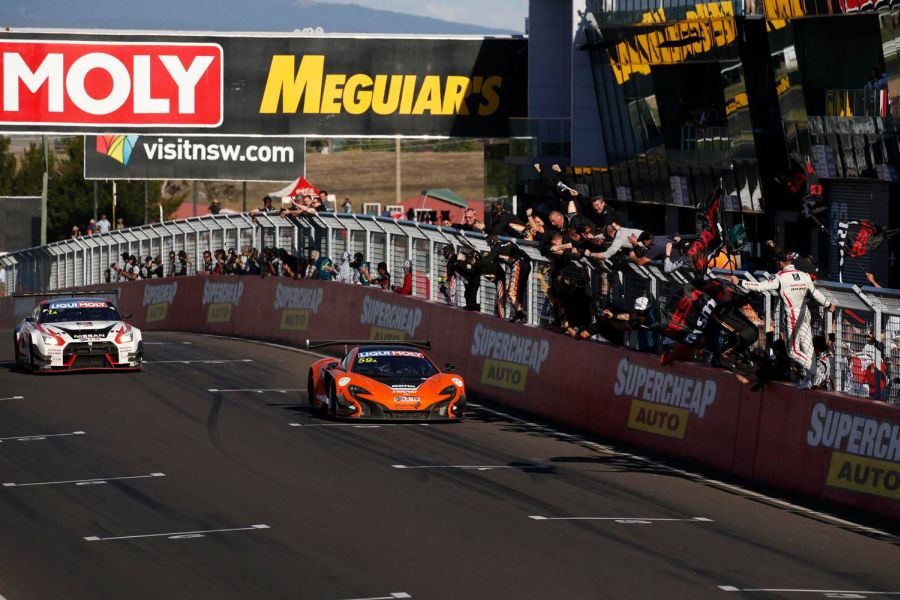
2016 Bathurst 12 Hour: Tekno Autosports’ McLaren in front of Nissan GT-R
Tekno’s McLaren 650S dominated in 2016
In 2016, Australian team Tekno Autosports showed the best performance, winning both the qualifying and the race. Shane van Gisbergen took the Pole Position Trophy with #59 McLaren 650S GT3, setting the fastest lap at Mount Panorama Circuit (2.01.567). In the race, his partners were Alvaro Parente and a team owner Jonathon Webb. They completed 297 laps, which was the record distance since the 12-hour race was inaugurated.
It was a really fantastic season for Tekno Autosports’ trio, as Jonathon Webb won the Bathurst 1000 later in the season, together with Will Davison, while Shane van Gisbergen became the V8 Supercars champion. The third member of the crew, Alvaro Parente, also added one championship title to his account, winning the GT class of Pirelli World Challenge.
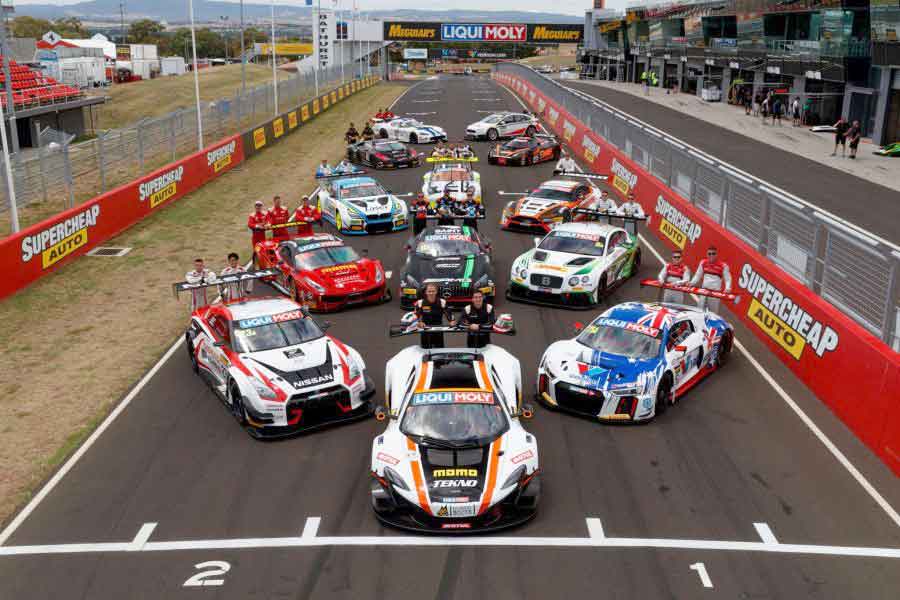
Part of a grid for 2017 Bathurst 12 Hour
A record number of entries for the 2017 event
The novelty for 2016 was that the race was included in the newly formed Intercontinental GT Challenge, together with two more endurance races – Spa 24 hours and Sepang 12 hours. In 2017, all three races retain their IGTC status.
For the 2017 Bathurst 12 Hour, 56 teams announced their participation, setting the new record number of entries. The previous record was a 55-car grid in 1992. Maranello Motorsport has won the race in 2017 with Craig Lowndes, Jamie Whincup and Toni Vilander in the #88 Ferrari 488 GT3.
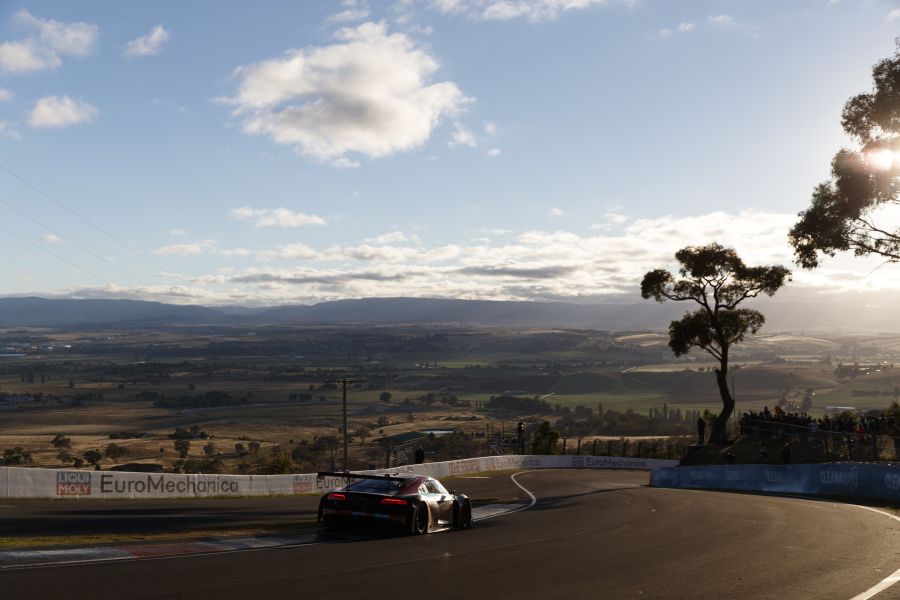
In2018, Team WRT gave the third victory to Audi
Third victory for Audi in 2018
Audi took the victory in 2018, with Robin Frijns, Stuart Leonard and Dries Vanthoor as the drivers of Team WRT’s R8 LMS. It was the third win for Audi and it became the most successful manufacturer in the GT era of the race.
In 2019, Porsche finally celebrated its first victory, thanks to Earl Bamber Motorsport’s drivers Matt Campbell, Dennis Olsen and Dirk Werner.
Photos: Bathurst 12 Hour FB, audi-mediacenter.com, autopics.com.au, ausmotive.com,





